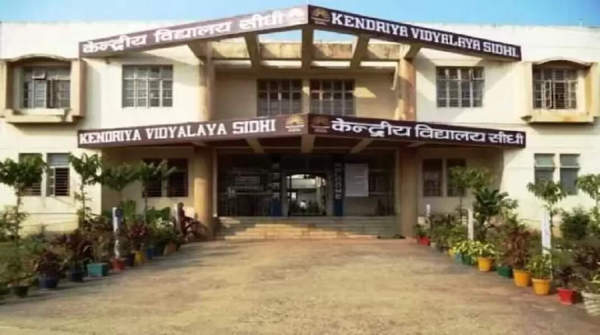
The Central Cabinet has approved the opening of 57 new Kendriya Vidyalayas (KVs) in civil areas to meet the growing demand for quality education among children of central government employees. This initiative aims to enhance educational access, especially in districts where KVs were previously unavailable.
Number of Students Benefited: The 57 new KVs are expected to provide educational opportunities to around 86,640 students.
Budget Allocation: A total of ₹5,862 crore will be spent on establishing these schools, with phased implementation over the next nine years.
Focus Areas:
14 schools in aspirational districts
4 schools in Naxal-affected regions
5 schools in North-Eastern or hilly areas
For the first time, the pre-primary stage (Balvatika) has been included in the newly approved KVs under the National Education Policy (NEP) 2020, providing a three-year foundational program to ensure children receive quality education from an early age.
Existing Schools: India currently has 1,288 Kendriya Vidyalayas, catering to approximately 13.62 lakh students.
Employment Opportunities: The new schools will create over 4,600 permanent jobs.
Historical Context: The Kendriya Vidyalaya scheme was initially approved in November 1962 to serve the children of central government transferable employees, including defense and paramilitary personnel. Later, the Kendriya Vidyalaya Sangathan (KVS) was established as a unit under the Ministry of Education.
Under NEP 2020, 913 KVs have already been designated as PM Shri Schools, setting them up as model institutions to promote high-quality education standards across the country.
This expansion reflects the government’s commitment to strengthening education infrastructure, enhancing accessibility in remote and underserved areas, and supporting children of central government employees with quality schooling opportunities.